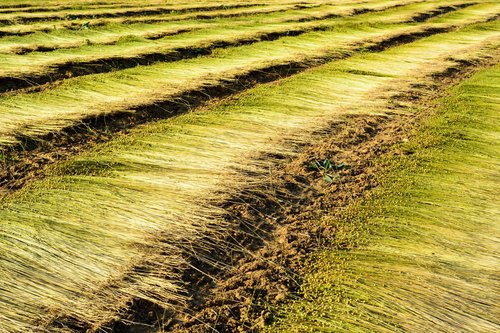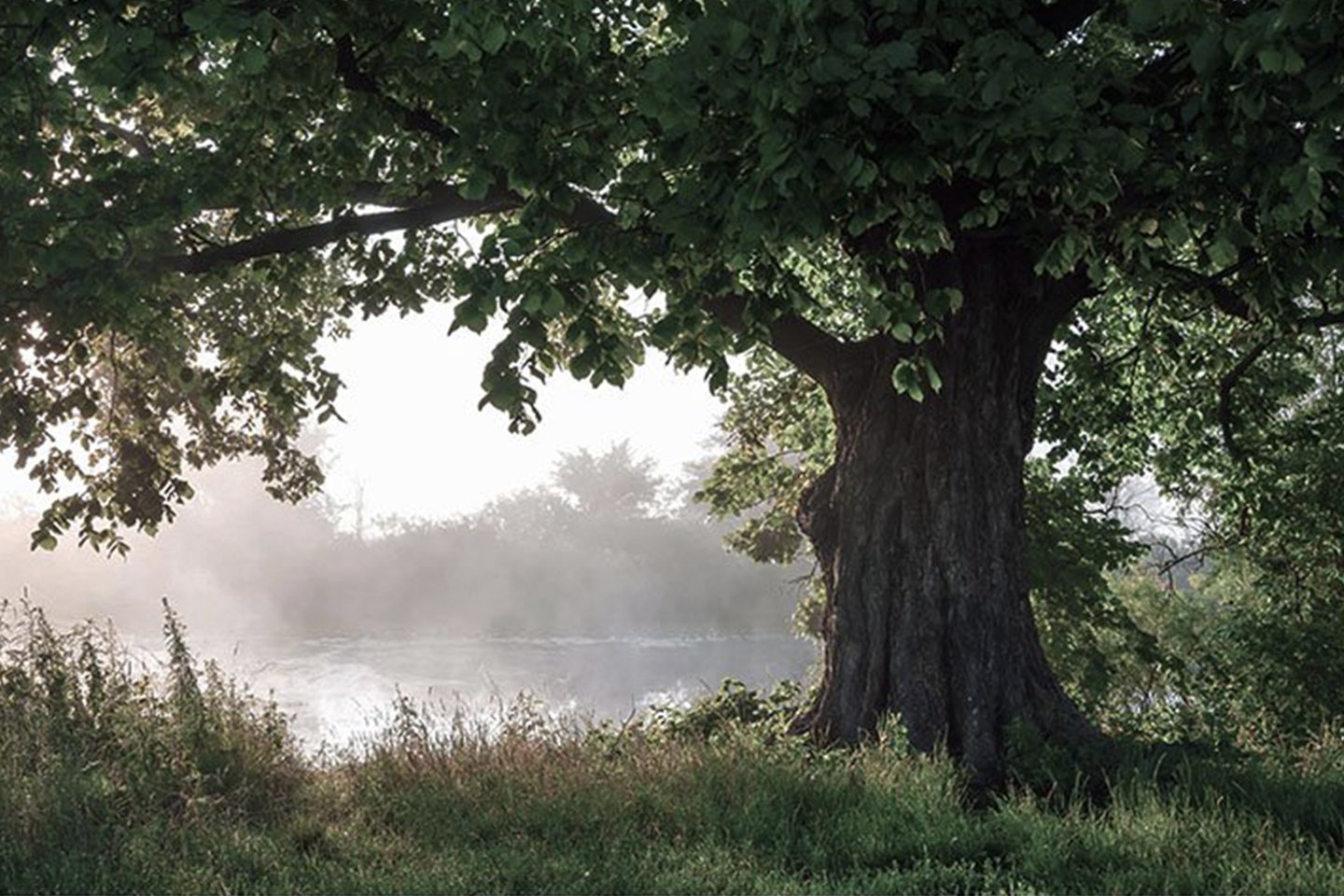
2 min read
Designer's Guide to Green Certifications
A Primer for Healthy Homes and Interiors. Who is gatekeeping wellness and sustainable design? WLLW looks at green certifications in brief.

3 min read
WLLW examines the role of the Forest Stewardship Council in advancing responsible forestry practices that maintain biodiversity and support community livelihoods.
The Forest Stewardship Council (FSC) is an international non-profit established in Germany in 1993 that promotes responsible management of the world's forests. FSC-certified forests are those that are managed to the highest environmental, social, and economic standards, with over 36.4 million acres certified in the US as of July 2022. In these forests, trees harvested are replanted or allowed to regenerate naturally, ensuring that forests are managed with due respect for the environment, wildlife, and the people who live and work within them. Beyond their role in providing raw materials, forests, which cover 30 percent of global land area and are home to 70 percent of terrestrial animals and plants, play a crucial role in supporting biodiversity. They currently store 283 billion tons of carbon and are essential in water purification and soil regeneration, highlighting the importance of sustainable forest management practices that the FSC aims to enforce.
At the moment, the FSC is considered the most credible forest certification scheme. However, it is not without criticism. Some argue that the FSC's certification standards might not be stringent enough to guarantee truly sustainable forestry practices and may not sufficiently protect biodiversity. Furthermore, there have been instances where companies use the certification for greenwashing, convincing consumers of sustainability, or as a cover for illegal logging activities. Despite these concerns, the FSC continues to play a pivotal role as the US remains the world's largest importer of tropical wooden furniture from timber-producing countries, with garden furniture representing approximately one-fifth of the market. Formerly healthy forests in countries such as Indonesia, Malaysia and Brazil are being depleted at an unprecedented rate as legal and illegal logging in an effort to keep up with demand for wood products.

FSC certification can apply to a range of solid and composite wood products, which includes veneers, plywood, laminated timber, doors, window frames, flooring, wood furniture, upholstered furniture with wooden frames, tools, cookware and toys.
The wood used in a product, or its derivative forms such as plywood, chipboard, paper and wood veneers, has been sustainably sourced from well-managed forests and/or is recycled.
For example, a wooden patio table and chairs carrying the FSC-certified label signify that the product has been harvested from responsibly managed forests. Such certification ensures that the production is environmentally conscious, socially beneficial – aiding local communities and indigenous populations – and ethically made. It guarantees that workers receive fair wages and work in a good environment, and it also attests to the economic viability of the practices used.
There are three certification categories: FSC 100% (where all materials come from responsibly managed, FSC-certified forests), FSC Recycled (made from 100% recycled materials), and FSC Mix (made with materials from a combination of FSC-certified forests, recycled materials and/or FSC-controlled wood).
There are two types of FSC certification: Forest Management and Chain of Custody. In both cases, certification involves independent FSC-accredited bodies verifying that all FSC-certified forests conform to the requirements contained within an FSC forest management standard. Certifiers are independent of FSC and the companies they are auditing. This third-party verification is crucial to the integrity of the FSC system.





Photography: Dmytro Kosmenko/Adobe, Munder Skiles, Nikari, Benchmark, The Hudson Company, Matthew Williams


2 min read
A Primer for Healthy Homes and Interiors. Who is gatekeeping wellness and sustainable design? WLLW looks at green certifications in brief.

3 min read
WLLW delves into Declare label and the Red List as the demand for sustainable and healthy products intensifies, alongside the mounting pressure for transparent information for specifiers and consumers.